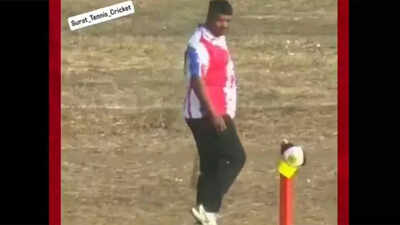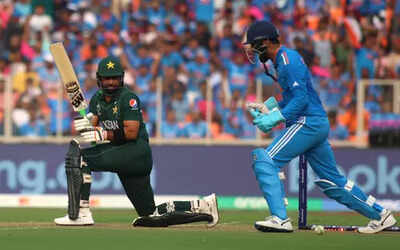Watch the video and decide: OUT or NOT OUT? Here’s what cricket’s laws say | Cricket News

Cricket is a sport full of intricate rules and quirky situations, and every now and then, one such moment sparks debate among fans. That’s exactly what happened when Indian Premier League franchise Punjab Kings shared an unusual video — a batter struck the ball, but in the process, his cap fell off and hit the stumps, dislodging a bail. The fielding team immediately appealed, claiming it was “OUT.”But was it really out?Go Beyond The Boundary with our YouTube channel. SUBSCRIBE NOW!To answer that, it’s worth revisiting cricket’s various dismissal modes. Common ones include bowled, caught, leg before wicket (LBW), run out, and stumped. Then there are less frequent but legitimate ones such as hit wicket, timed out, retired out, obstructing the field, and hitting the ball twice.
Poll
Was the batter OUT when his cap hit the stumps?
The incident in question appears closest to a hit wicket scenario. According to Law 35.2 of the Laws of Cricket, a batsman is not out hit wicket if their equipment — including a cap — dislodges the bails after they have completed their shot. The law specifically states that once a batter has finished playing a stroke, any accidental contact that breaks the wicket is not grounds for dismissal.In this case, if the cap struck the stumps after the shot was complete, the batter should be given “not out.” However, if it happened during the act of playing the ball, it could qualify as “hit wicket” and therefore be out.It’s a fine distinction, and without slow-motion replay, even umpires might hesitate.So, the debate continues. Watch the clip, consider the timing, and decide for yourself — was it OUT, or NOT OUT?




